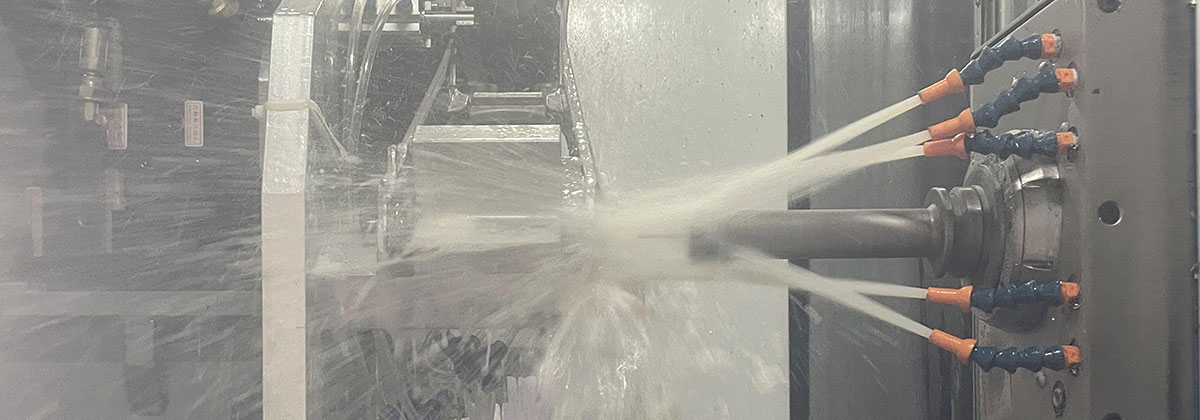Aluminum is a popular choice in manufacturing due to its lightweight, corrosion-resistant properties, and high strength-to-weight ratio. However, there are different ways of manufacturing aluminum products, the two most common methods being cast aluminum and extruded aluminum. In this article, we will compare and contrast the two methods to help readers understand the differences between them and when it might be appropriate to use each method.
Cast Aluminum
Cast aluminum is made by melting aluminum and pouring it into a mold to cool and solidify into the desired shape. This method allows for complex shapes with intricate details that may be difficult to achieve using other methods. It is also ideal for high-volume production runs.
One of the advantages of cast aluminum is its consistency in producing identical parts. Since each part is poured from the same mold, the resulting products have the same dimensions and characteristics. Additionally, cast aluminum has a smooth surface finish, making it suitable for decorative applications.
However, one of the downsides of cast aluminum is its porosity. During the casting process, air pockets can form in the aluminum, leading to weaker parts with lower density. This can be mitigated by adding a filler material to the aluminum or by using a vacuum to remove air from the mold.
Extruded Aluminum
Extruded aluminum, on the other hand, is made by forcing heated aluminum through a shaped die to create a continuous profile. This method allows for the creation of long, straight pieces with a uniform cross-section, making it ideal for building materials like window frames, railings, and structural components.
One of the advantages of extruded aluminum is its strength. Since the aluminum is forced through a die, it undergoes a process called work hardening, which increases its strength and durability. Additionally, extruded aluminum has a lower porosity than cast aluminum, making it more suitable for applications that require high strength and density.
However, extruded aluminum has some limitations when it comes to creating complex shapes. Since the aluminum is forced through a die, it can only be shaped in a limited number of ways. This makes it more difficult to create parts with intricate details or irregular shapes.

Conclusion
In summary, both cast aluminum and extruded aluminum have their strengths and weaknesses. Cast aluminum is ideal for creating complex shapes with intricate details, while extruded aluminum is better suited for creating long, straight pieces with a uniform cross-section. Cast aluminum also has a smoother surface finish, while extruded aluminum has a higher strength and density.
When choosing between the two methods, it is important to consider the specific requirements of the application. For decorative applications or parts with complex shapes, cast aluminum may be the best choice. For building materials or structural components that require high strength and durability, extruded aluminum may be the better option.
Ultimately, both methods have their place in modern manufacturing, and choosing the right one for the job can lead to a high-quality product that meets the needs of the end-user.
-

- Populyar Uşaq İdman Velosipedi Yüksək Keyfiyyətli Uşaq Balans Velosipedi Uşaq Velosipedi
-

- Maqnezium ərintisi tökmə Avtomobil hissələri nəzarətçi korpusu
-

- Macbook ortasının OEM tökmə xidməti metal komponentləri
-

- Thixomolding hissələri və komponentləri cib telefonunun orta lövhəsi işlənir
-

- Elektron velosiped üçün maqnezium ərintisi tökmə hissələri və komponentləri
-

- Velosiped üçün maqnezium ərintisi tökmə sərt çəngəl

 0086-750-5616188
0086-750-5616188 +86 13392089688
+86 13392089688 sales@zhongmei-tech.com
sales@zhongmei-tech.com







